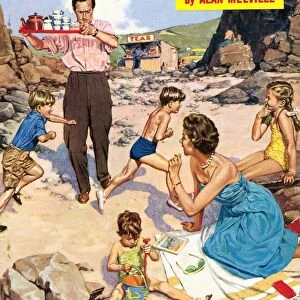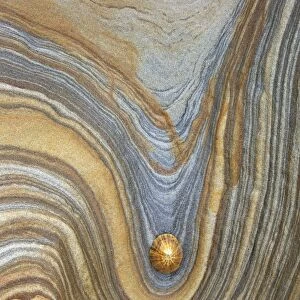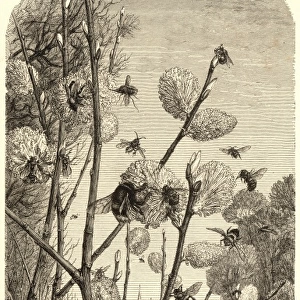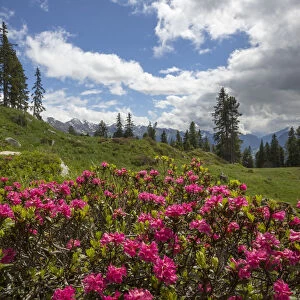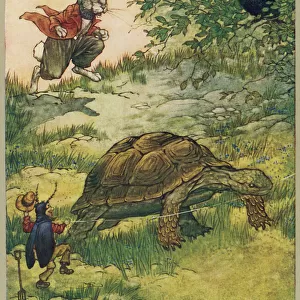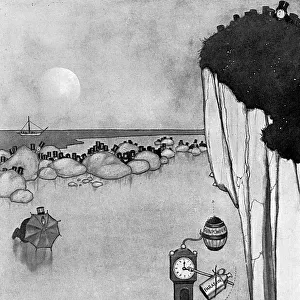Home > Animals > Mammals > Cricetidae > Ferruginea
Tortoise-shell limpet, Cellana testudinaria
![]()

Wall Art and Photo Gifts from Mary Evans Picture Library
Tortoise-shell limpet, Cellana testudinaria
Tortoise-shell limpet, Cellana testudinaria, and pleated limpet, Patella ferruginea.. Handcolored copperplate engraving from George Shaw and Frederick Nodders The Naturalists Miscellany 1812
Mary Evans Picture Library makes available wonderful images created for people to enjoy over the centuries
Media ID 14218525
© Florilegius / Mary Evans
FEATURES IN THESE COLLECTIONS
> Animals
> Mammals
> Cricetidae
> Ferruginea
> Animals
> Mammals
> Tupaiidae
> Ferruginea
> Animals
> Mollusks
> Limpets
> Animals
> Reptiles
> Turtles
> Tortoises
EDITORS COMMENTS
This exquisite handcolored copperplate engraving is a beautiful representation of two intriguing marine mollusks: the Tortoise-shell Limpet, Cellana testudinaria, and the Pleated Limpet, Patella ferruginea. The illustration, drawn and engraved by Richard Polydore Nodder, was published in George Shaw and Frederick Nodder's The Naturalist's Miscellany in 1812. The Tortoise-shell Limpet, also known as the Tortoiseshell Scallop, is a medium-sized limpet that can be found on rocky shores in the North Atlantic and Mediterranean Seas. Its name derives from the distinctive tortoiseshell pattern on its back, which provides excellent camouflage against predators. The limpet feeds on algae and other organic matter attached to the rocks. The Pleated Limpet, also known as the Soldier Limpet or the Ferruginous Limpet, is a small, pleated limpet that can be found on the shores of the North Atlantic and the Mediterranean Sea. Its name comes from the pleats or folds on its mantle, which help it cling to rocks and hide from predators. The Pleated Limpet feeds on algae and other organic matter, as well as the mucus and secretions of other mollusks. These illustrations were part of a larger collection of over 1,000 animal, bird, insect, crustacean, fish, marine life, and microscopic creature illustrations published in The Naturalist's Miscellany between 1800 and 1840. The illustrations were drawn by George Shaw, Frederick Nodder, and Richard Nodder, and engraved and published by the Nodder family. Richard Nodder drew and engraved many of the copperplates until his death around 1800, and his son, also named Richard, continued the work. This illustration is a testament to the remarkable natural history art and science of the early 19th century.
MADE IN AUSTRALIA
Safe Shipping with 30 Day Money Back Guarantee
FREE PERSONALISATION*
We are proud to offer a range of customisation features including Personalised Captions, Color Filters and Picture Zoom Tools
SECURE PAYMENTS
We happily accept a wide range of payment options so you can pay for the things you need in the way that is most convenient for you
* Options may vary by product and licensing agreement. Zoomed Pictures can be adjusted in the Cart.



